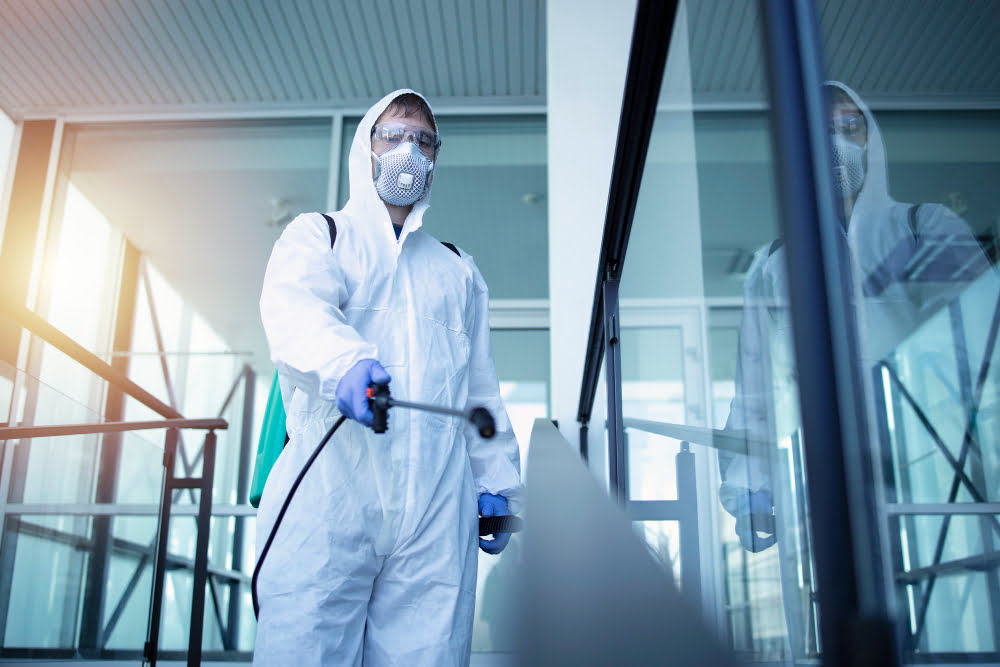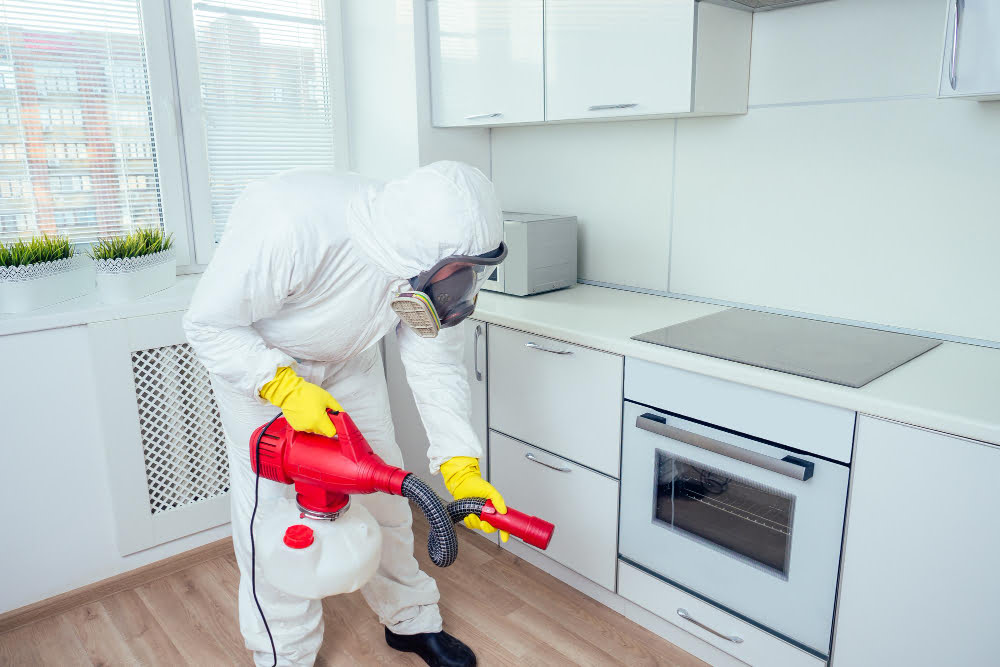Last updated on
Welcome to our comprehensive guide on understanding how pests can harm your home. Pests may seem like just small nuisances, but they can actually cause significant damage to your home and even pose health risks to you and your family.
In this guide, we’ll delve into the impact of various pests, helping you to grasp the seriousness of a pest infestation, and why it’s crucial to act swiftly and efficiently when you notice signs of these unwanted guests.
Stay tuned as we explore the world of pests, from their destructive capabilities to preventive measures you can take. This knowledge will empower you to protect your home and maintain a safe, pest-free environment.
The Importance of Pest Control Experts

Pest control experts play a vital role in safeguarding our homes from the detrimental effects of pests. These professionals are equipped with the knowledge, tools, and experience necessary to handle a wide range of pests, from rodents and insects to more elusive creatures. They comprehensively assess the situation, identify the type and extent of the infestation, and execute a tailored plan to eliminate the pests from your home.
Finding local pest control experts is crucial as they are familiar with the specific pests in your area and can provide efficient solutions to eliminate them. Whether that ends up being pest control in Alabama, or pest control in New York, having professionals who understand the pests in your region is key. Additionally, pest control experts also provide valuable advice on preventive measures to keep your home safe from future infestations.
Structural Damage from Pests
Pests have an uncanny ability to wreak havoc on the structural integrity of a home. Termites, for example, are notorious for their appetite for wood. If left unchecked, they can compromise the strength of wooden structures within your home, leading to major structural damage that can be expensive to repair.
Similarly, rodents like rats and squirrels can chew through electrical wires, insulation, and other structural components, causing fire hazards and insulation inefficiency. Carpenter ants, while feeding on other insects and food debris, also excavate wood to build their nests which can weaken the structural elements they inhabit. It is, therefore, crucial to identify and eradicate these pests early to prevent significant damage to your home.
Health Hazards Posed by Pests

Pests pose significant health risks to households beyond structural damage. Many pests, such as mosquitoes, ticks, and fleas, are vectors for diseases. Mosquitoes are infamous for transmitting diseases like malaria, dengue, and Zika virus. Ticks can carry Lyme disease, which, if left untreated, can cause serious complications.
Fleas, on the other hand, are known to transmit plague and typhus fever. Rodents like rats and mice can spread hantavirus, leptospirosis, and other diseases through their droppings and urine. Cockroaches can trigger asthma and allergic reactions, especially in children.
Moreover, the presence of pests can lead to increased stress and sleep disturbances, impacting overall well-being. Thus, managing pests is not just about maintaining your home’s structural integrity, but also about protecting the health of its inhabitants.
Contamination and Allergies Caused by Pests
Aside from causing structural damage and posing health risks through disease transmission, pests can also be the source of contamination and allergic reactions in your home. Pests such as cockroaches, dust mites, and rodents are well-known allergens, potentially triggering allergies or aggravating existing allergic conditions in sensitive individuals.
These pests shed skin, produce droppings, and leave behind other residue that can mingle with household dust, creating an allergen-rich environment.
Cockroach allergens, in particular, can cause severe reactions, including asthma attacks, especially in children. Dust mites, although not visible to the naked eye, can cause symptoms ranging from itchy skin and runny noses to more severe respiratory issues.
Rodent allergens, found in their urine, dander, and saliva, can also provoke allergies and asthma. Pests can contaminate surfaces and food sources as well, leading to foodborne illnesses.
Impact of Pests on Property Aesthetics
Pests not only pose structural and health risks but also significantly mar the aesthetic appeal of your property. Persistent pest infestations can result in unsightly signs such as gnawed furniture, holes in walls or floors, and droppings scattered around your property.
Ants and termite trails, spider webs in corners, and visibly chewed plant leaves in your garden are some examples of how pests can tarnish the appearance of your home. Moreover, larger pests like rats or raccoons can create visible nests or burrows that can drastically diminish your property’s curb appeal.
Hence, maintaining a pest-free home is as much about preserving its aesthetic value as it is about ensuring structural integrity and health safety.
The Takeaway
Pests can harm your home in various ways, ranging from structural damage and health hazards to property aesthetics. It is vital to be proactive in managing pest infestations by seeking professional help and taking preventive measures. By understanding the severity of pest problems and their potential impact, you can take the necessary steps to protect your home and keep it safe for you and your family.
Recap:



